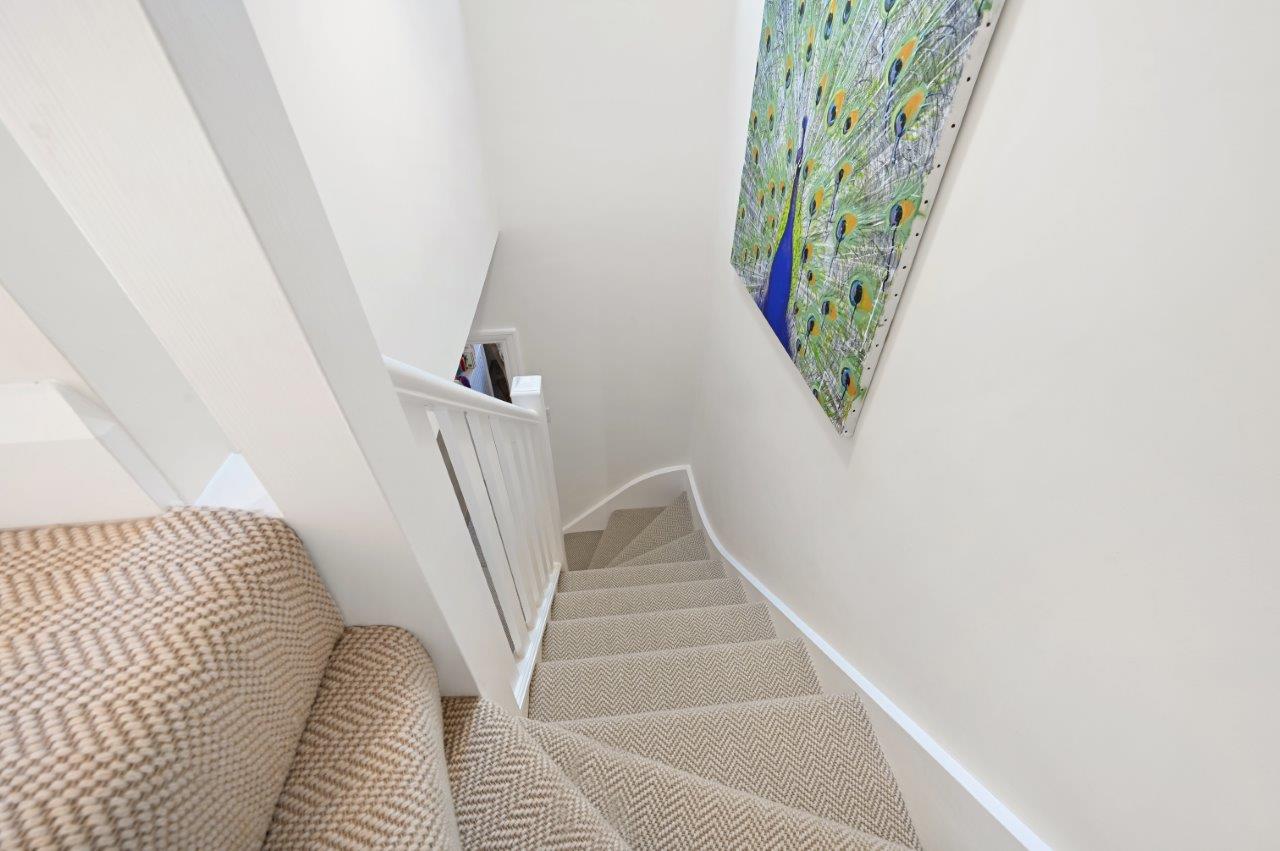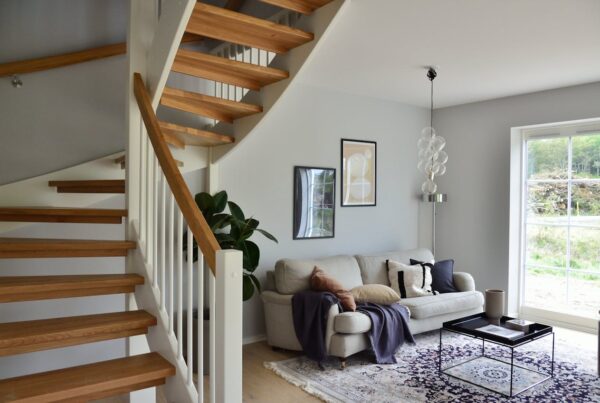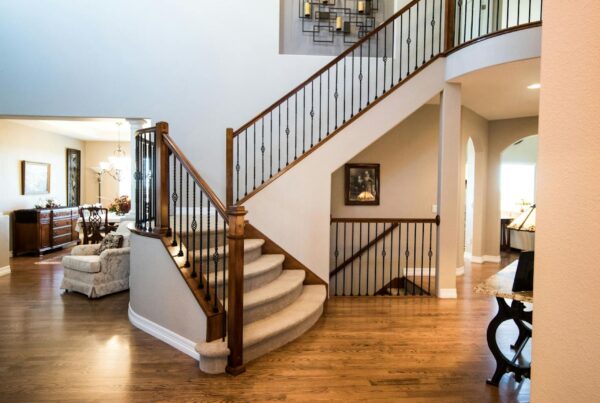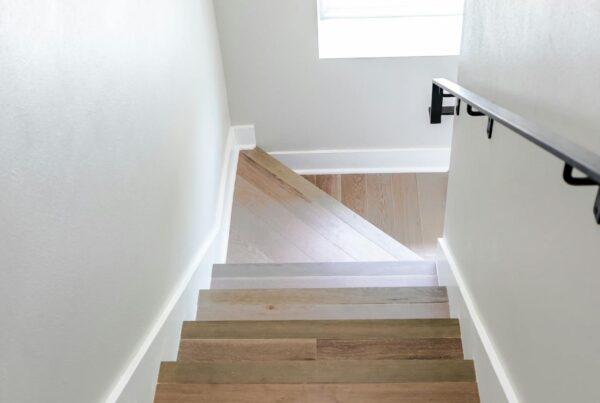What Do You Put on the Edge of Stairs?
When considering the design and safety of staircases, the edges—or treads—of stairs play a critical role. Not only do they contribute to the aesthetic appeal of the staircase, but they also significantly enhance safety, providing grip and delineation between steps to prevent missteps and falls. In the UK, with its rich heritage of building design ranging from historic to modern architecture, attention to stair edge detail is paramount. Here are five key elements you can put on the edge of stairs to improve both their function and form.
1. Anti-Slip Tape
Safety is paramount when it comes to staircases, and anti-slip tape is a straightforward yet effective measure to prevent accidents. Available in various colours and textures, this tape can be easily applied to the edge of each stair tread. It’s especially useful in areas prone to moisture, such as outdoor steps or entryways, and in settings where people are likely to traverse stairs with wet shoes. Its abrasive surface enhances grip underfoot, reducing the risk of slips and falls, a must-have feature in both residential and commercial properties.
2. Stair Nosing
Stair nosing plays a dual role by protecting the edges of stairs from wear and tear and by improving safety. It is a profile, typically made from materials like aluminium, rubber, or wood, fitted to the edge of each step. Its design varies from subtle additions that blend with the existing stairs to more pronounced profiles that add a visual contrast, making each step more distinguishable. This contrast is particularly beneficial in aiding visibility for those with impaired vision or in low-light conditions, aligning with the principles of inclusive design.
3. LED Lighting
Integrating LED lighting into stair edges not only elevates the aesthetic appeal of a staircase but also enhances safety by illuminating the steps in low-light conditions. This can be particularly effective in creating an ambiance in entertainment spaces or providing a guiding light in residential night-time environments. LED strips can be installed under the nosing of each step or along the sides of the staircase, casting a soft light on the tread below. The use of LED lighting combines functionality with modern design, offering energy efficiency and longevity.
4. Carpet Runners
For those looking to add a touch of elegance and comfort to their staircase, carpet runners are an ideal choice. Positioned centrally with the edges of the stairs exposed, runners add warmth and texture underfoot. They also play a significant safety role by providing a non-slip surface. Carpet runners come in a vast array of patterns, colours, and textures, allowing for personalisation of the space. They can be a statement piece in a home or a subtle addition to a professional environment, contributing to the acoustic dampening and overall aesthetic.
5. Decorative Trim
A purely aesthetic addition, decorative trim can transform the edges of stairs into a design feature. Whether it’s intricately carved wood for a traditional look, sleek metal for a modern aesthetic, or painted detailing that complements the home’s colour scheme, decorative trim adds character and style to staircases. This option allows homeowners and designers to infuse personality and craft into the architecture, making the staircase a focal point of design rather than merely a functional element.
In conclusion, the edge of the stairs offers numerous opportunities for enhancement, both in terms of safety and style. From practical solutions like anti-slip tape and stair nosing to decorative touches such as LED lighting, carpet runners, and trim, there’s a wide range of options to suit any requirement and aesthetic. By carefully selecting what to put on the edge of stairs, homeowners and designers can ensure that staircases are not only safe but also a distinctive part of the home’s design narrative.
Why not check out our online staircase builder?





